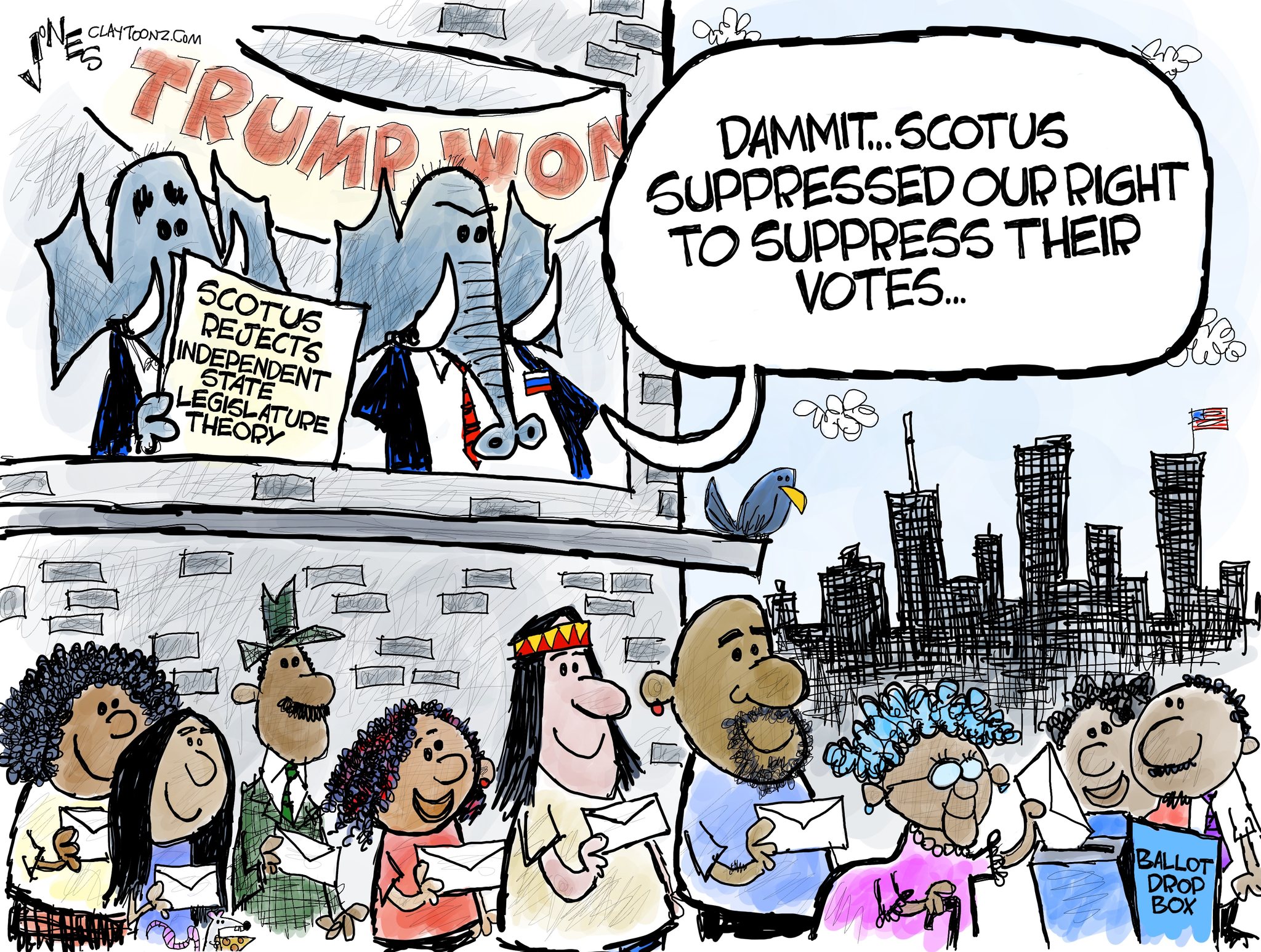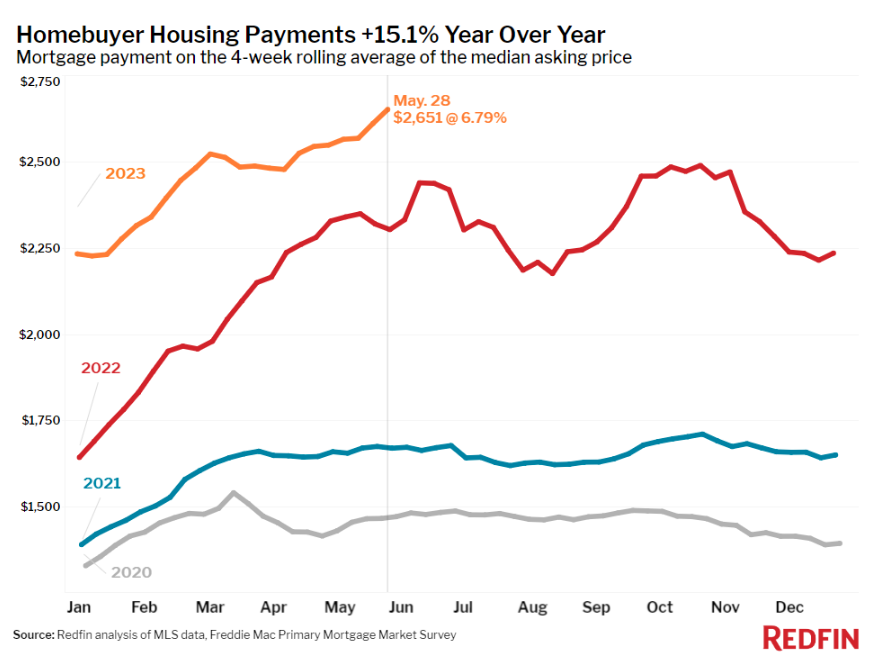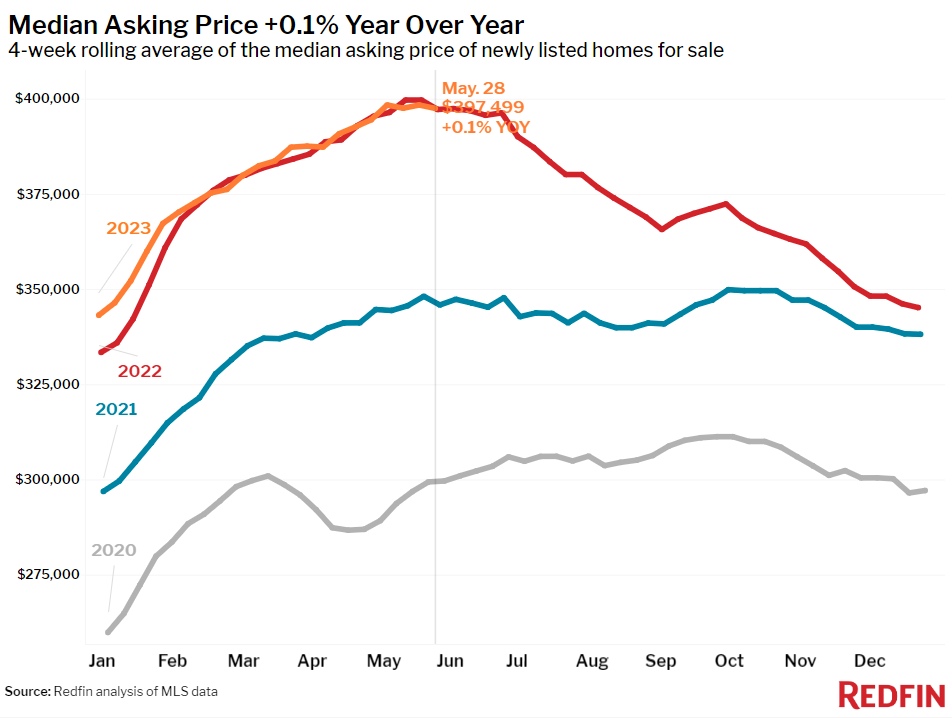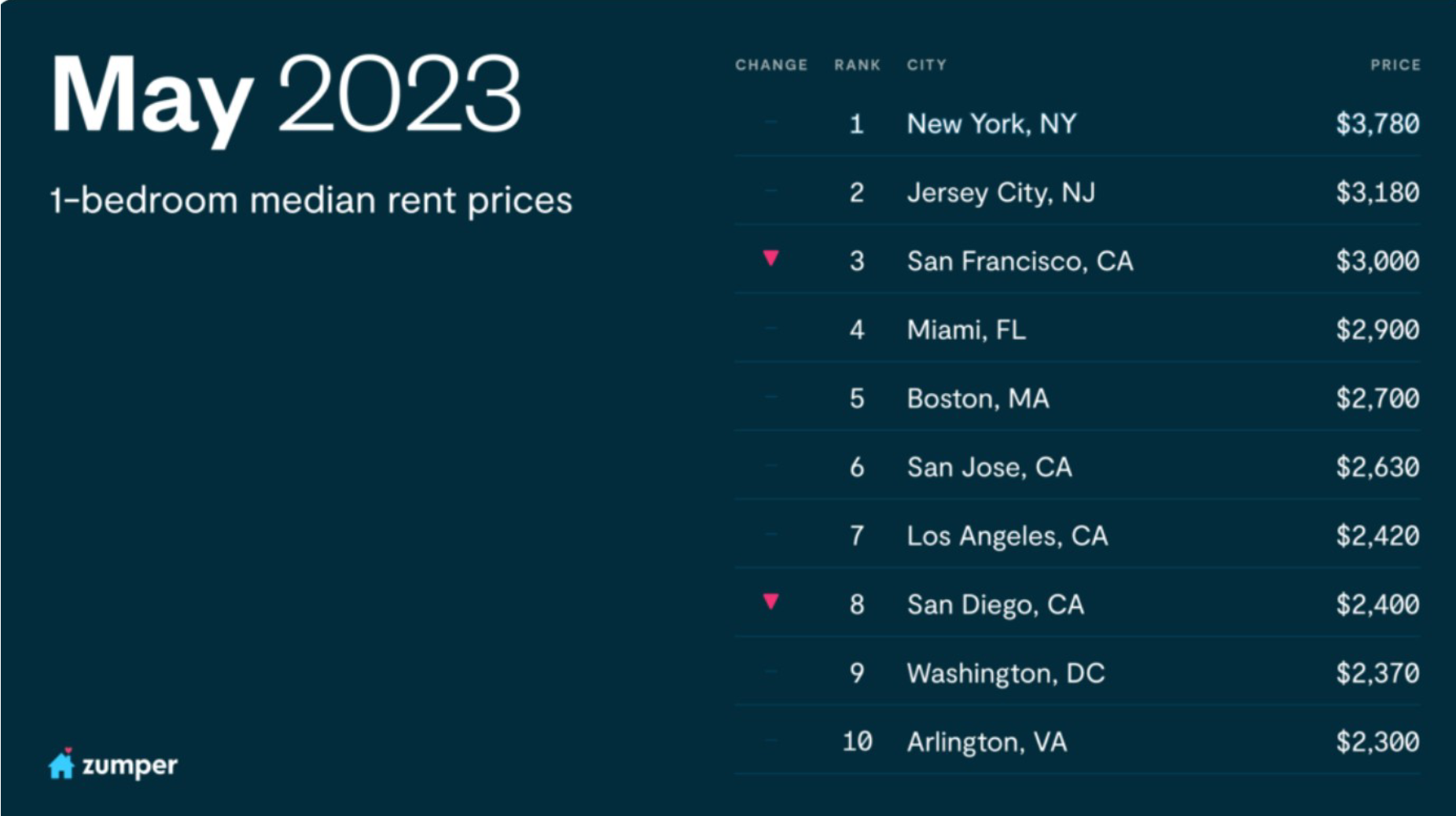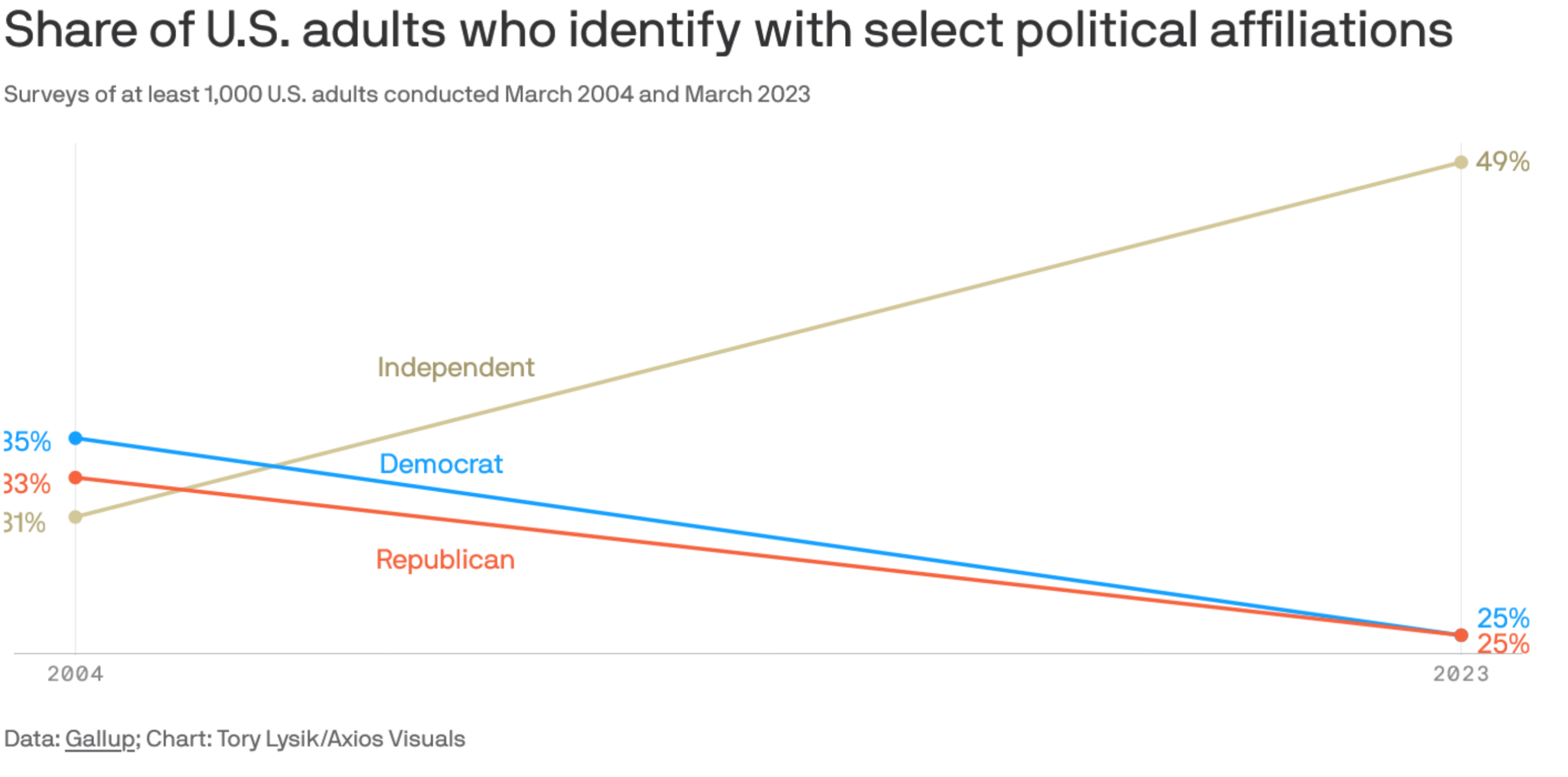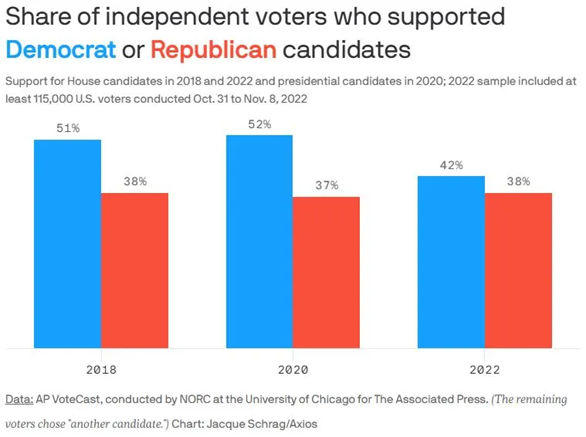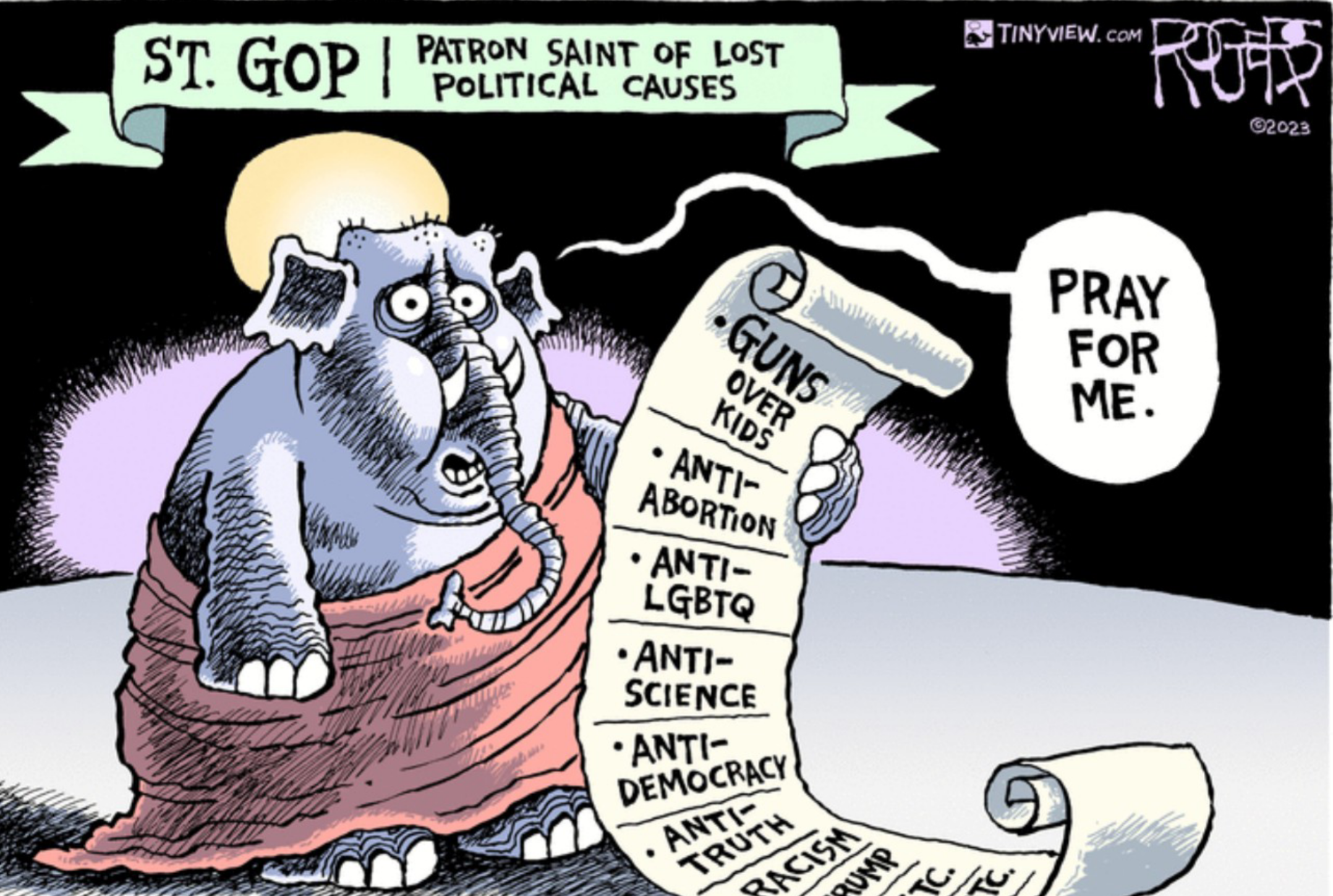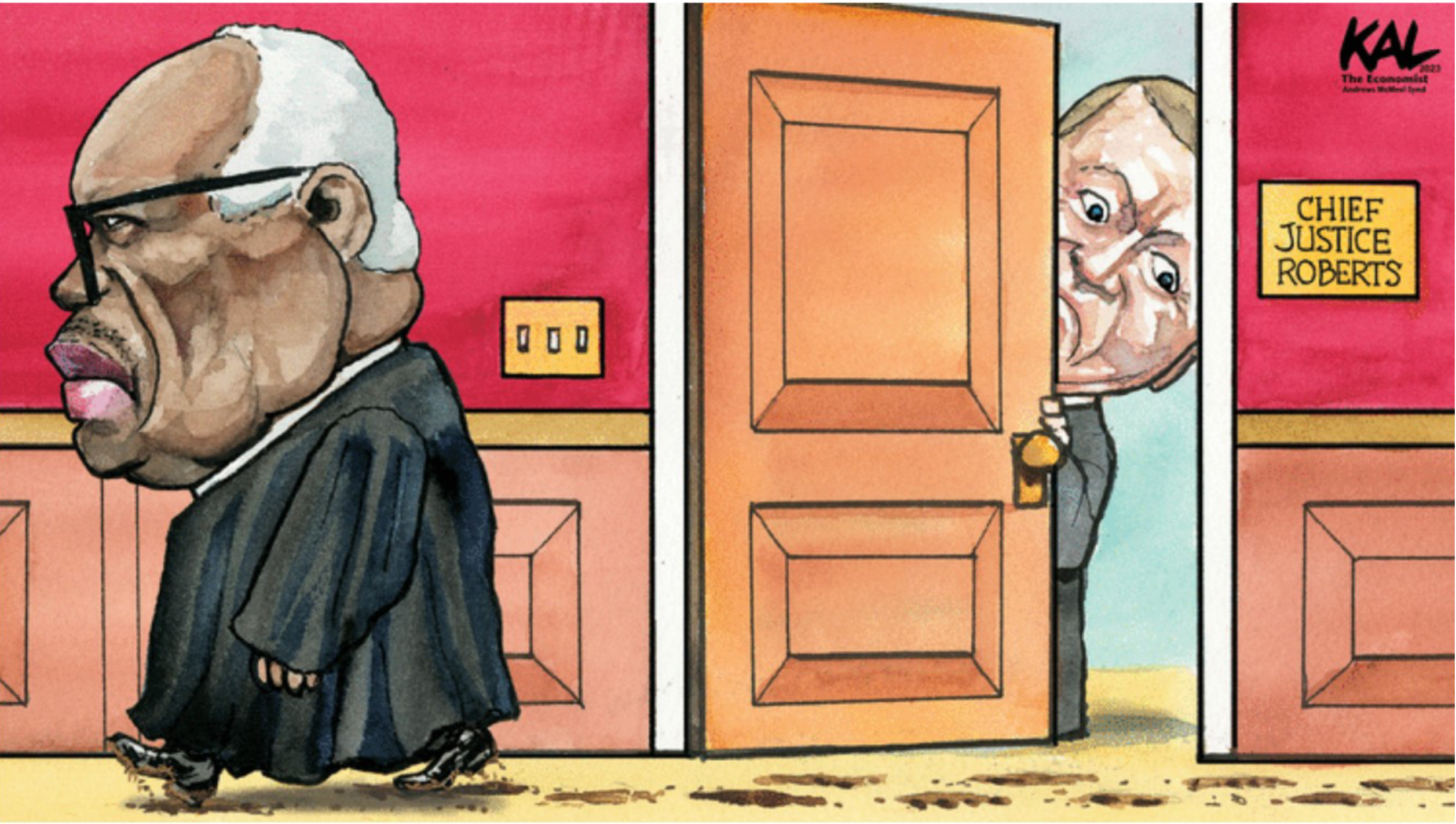The Daily Escape:

Another Alaska pic: Wrongo was in a kayak about 20 yards from this big guy asking himself whether he could out-paddle a charging grizzly. June 21, 2023 photo by Kristina Rau for the cruise line.
Today let’s talk about two interrelated economic issues. First, with more than 200,000 jobs created in the US economy in June, nearly 4 million more people are now employed than just before the pandemic.
Heather Long at the WaPo looked at who’s getting them. Along the way, she busts a few Right Wing myths:
“The mistaken notion that Americans don’t want to work can now be put to rest. Nearly 81% of Americans ages 25 to 54 are working, the highest share since 2001.”
Long reminds us that in March 2022, Fed Chair Powell argued the labor market was “unhealthy”:
“There was a misguided belief that it would take a recession to get supply and demand for goods — and workers — back to more normal levels. But what many experts missed was how many workers of color and immigrants wanted to work and were still looking for opportunities.”
Long provides the demographic breakdown for our recent job gains:
“Fewer White people are employed now than pre-pandemic. In contrast, over 2 million more Hispanics are employed now, over 800,000 more Asian Americans and over 750,000 more African Americans.”
Before the pandemic, companies were complaining that they couldn’t find workers, while the experts were saying the nation was at “full employment.” However, every month, Black and Hispanic people (largely women) kept entering the labor force and getting jobs.
Also, more than 2 million more foreign-born people are employed now than before the pandemic. This means that more than half of the new workers have been immigrants.
This is partly a result of low unemployment. Blacks and Hispanics often do not get hired until late in an economic recovery. In the past year, there’s also been a strong uptick in jobs in government and health care, two sectors in which women of color have historically found employment opportunities.
Employers have also loosened their hiring criteria, offering improved pay and benefits, and removing requirements for college degrees for many positions. Long says:
“This past spring, for the first time, Black Americans were as likely to be employed as White Americans.”
What a change! Hard to see much “socialism” in this new jobs analysis. This is good news that disputes the old Right wing bromides about how “these folks don’t want work; they want to sit back and get free stuff”.
Second, the WaPo’s Department of Data, a new statistical analysis feature, answered the question:
“Which states contribute the most to the federal budget in taxes, and which get the most back in terms of benefits?”
They start by reminding us where tax revenue comes from:
“The vast bulk of the $4 trillion in revenue the federal government received in 2021 came in the form of income taxes and payroll taxes for Medicare and Social Security. Most of the rest comes from corporate income taxes and excise taxes on goods such as gasoline and alcohol.”
And just 4.5% of that income (customs duties and earnings on Federal Reserve deposits) cannot be traced to individual states.
But let’s get to the good stuff. Just eight blue states, (CA, NY, NJ, MA, CT, WA, NH, and CO) pay more in taxes to the federal government than they receive in federal benefits. They therefore subsidize all other states. Every other state receives more federal money than they pay in taxes.
And unsurprisingly 9 of the 11 top recipients of federal benefits are red states (KY, WVA, MS, AL, AK, LA, OK, AK, SC).
Nine of the 10 states that sent the most to the federal government, per person, voted for Biden in 2020. Nine of the 10 states that sent the least voted for Trump. So who’s got the bigger stake in socialism?
Its important to remember that when Republicans complain about “out of control” federal spending, most of them live in a state that receives more from the federal government than they contribute.
If we ever called their bluff, Republicans would scramble to decide what federal benefits their home states would be willing to give up in order to cut federal spending.
But of course, they would simply bluster on about socialism in the cities.
Maybe we should divide America into the MAKER states and the TAKER states. It’s nice to see that the data again shows Blue states are far more productive. Maybe another question for the Department of Data is:
“Why is higher income so closely aligned with support for Democrats?”


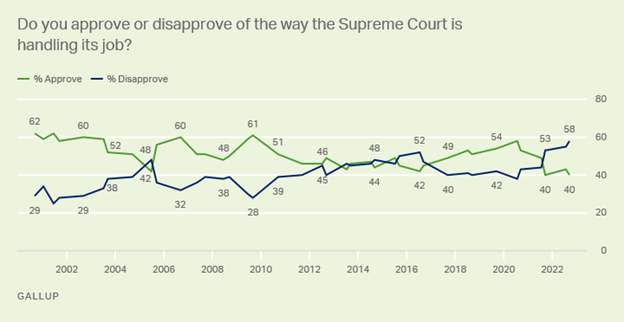

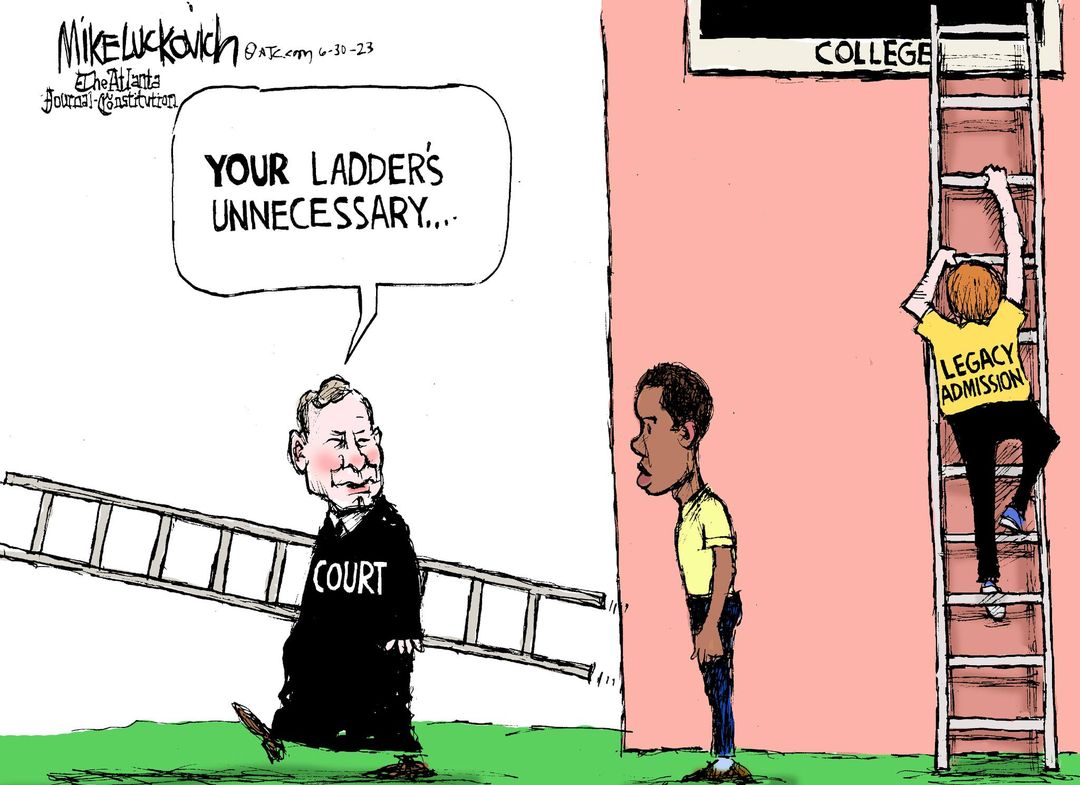
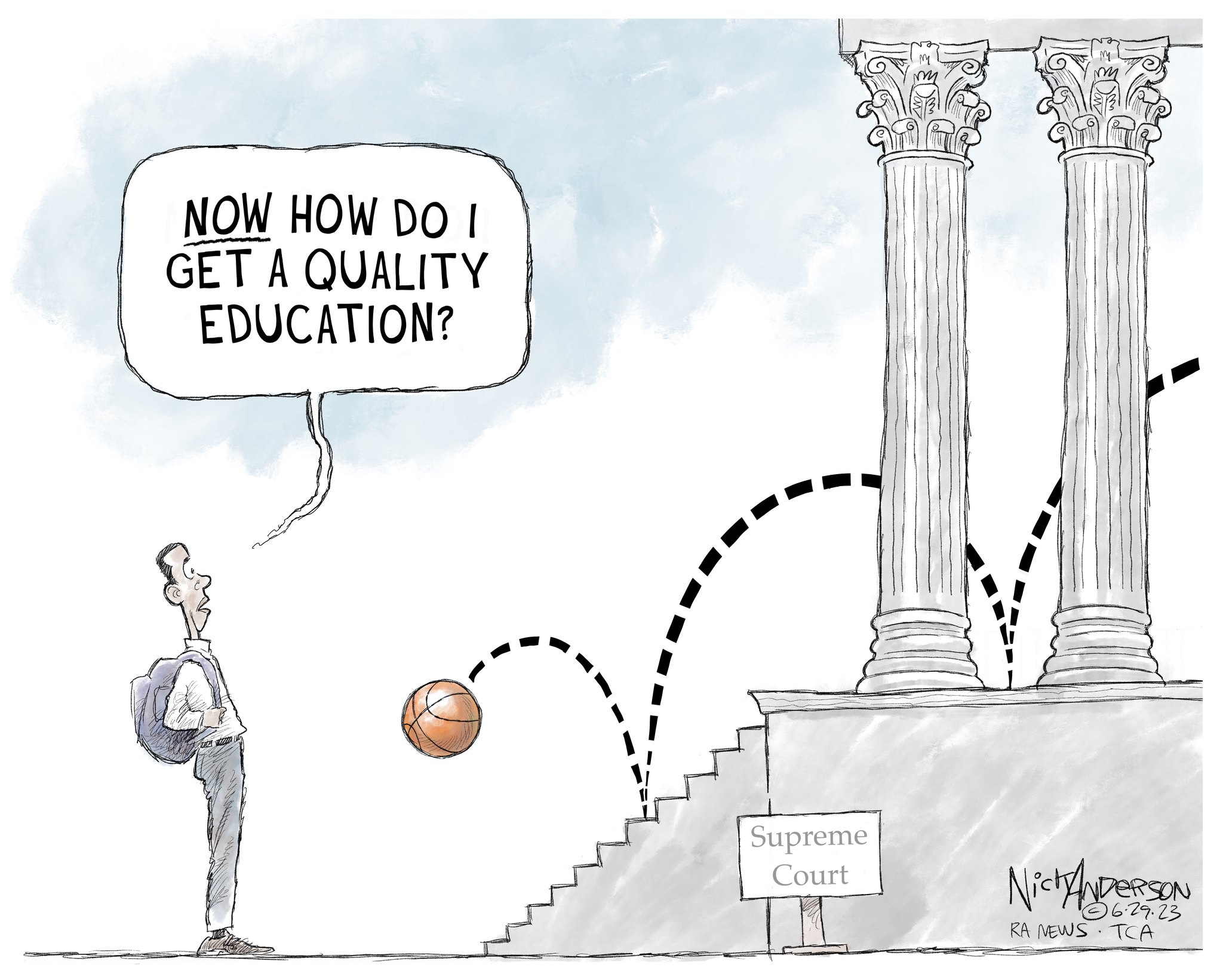

 Some of the Supremes’ action is definitely affirmative:
Some of the Supremes’ action is definitely affirmative:
